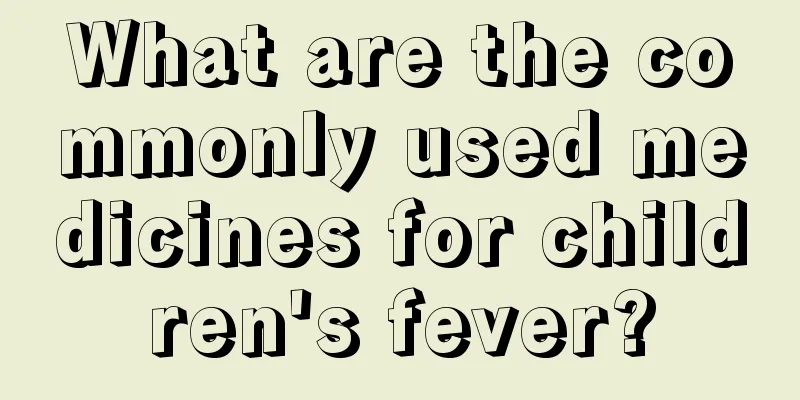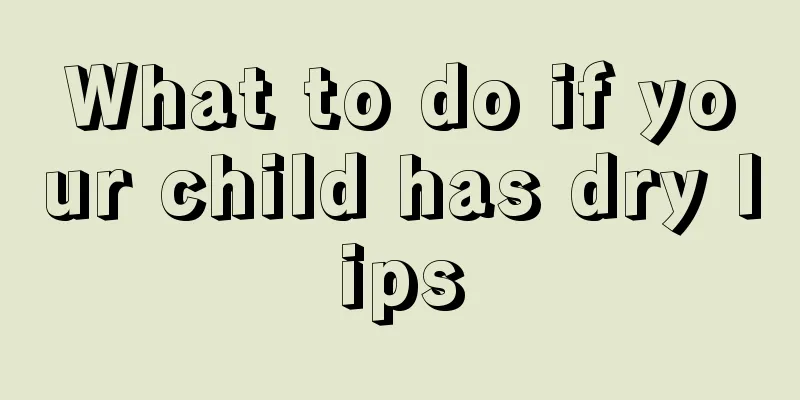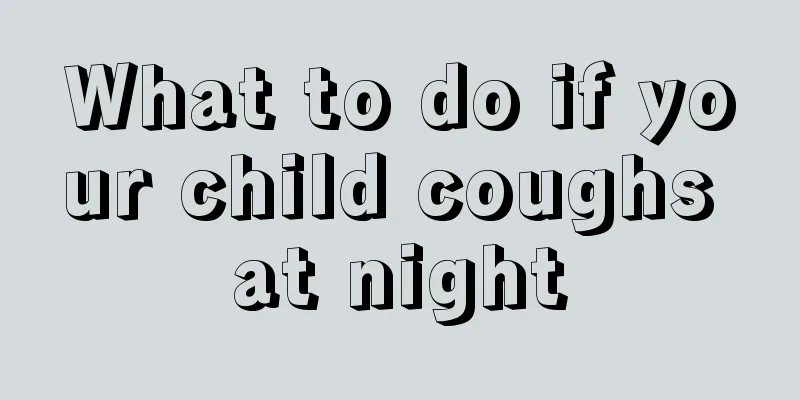What causes myocarditis in children?

|
Pediatric myocarditis is often caused by viral infection. Children, in particular, have poor immunity and are prone to viral colds, which are also a common cause of myocarditis. 1. The "culprit" of myocarditis is virus. Among children, viral myocarditis has a higher incidence rate. The "culprit" is virus. The most common one is the enterovirus called "Coxsackie". There are also some other viruses that can cause respiratory and intestinal diseases, such as adenovirus and echovirus. 2. Viruses can damage the heart in two ways: one is that after the virus enters the body, it reaches the heart with the blood flow and directly enters the myocardial cells, causing damage to the cells; the other is that after the virus enters the body, it induces the body itself to produce some substances that harm myocardial cells, causing damage to the myocardial cells. 3. Viral colds can also cause myocarditis. After the cold is cured, symptoms such as chest tightness, palpitations, fatigue, and sweating appear? This may be the case where the viral cold affects the heart and causes myocarditis. According to research, about 5% of people infected with the virus may develop myocarditis after the infection affects the heart. Viral colds or upper respiratory tract infections can easily cause myocarditis. The reason is that the virus directly invades the myocardium after infection, or it may be caused by an autoimmune response after the viral infection. If your child often takes deep breaths, feels tired, weak, has chest pain, etc. after catching a cold, it may be a viral cold that has caused myocarditis. You should go to the hospital and ask a doctor for diagnosis. 4. Notes The treatment of pediatric myocarditis mainly includes quiet bed rest, nutritional supplements and drug therapy. Except for a few people, most patients with acute myocarditis can fully recover to normal after proper treatment. Pay attention to increasing nutrition. Feed your children more foods that are easy to digest and rich in protein (such as lean meat, eggs, fish, soybeans, etc.); eat more fresh vegetables and fruits rich in vitamin C (such as oranges, tomatoes, etc.), and less greasy and spicy foods. |
<<: Symptoms of pneumonia in children, eight methods to teach you
>>: How to treat pneumonia in children? Here are three points to help you
Recommend
What are the symptoms of zinc deficiency in a two-year-old baby?
In life, most children suffer from anorexia, so t...
How to treat hunchback in children?
Children should live an innocent and carefree lif...
How to solve the problem of phlegm in the child’s throat?
A baby's cold is not a very serious disease. ...
Why do you wet the bed?
There are various reasons that can lead to bed-we...
What are the treatments for oral ulcers in children?
Oral ulcers in children are a very common problem...
What fruits can help babies grow taller?
What fruits can help you grow taller? Pear, pear ...
Do you know the developmental standards of your baby?
The development of the baby often concerns the pa...
Reasons for cold sweats in children
What mothers care about most is the physical deve...
Normal intraocular pressure in children
Intraocular pressure refers to the pressure insid...
Symptoms of high fever convulsions in babies
A baby's high fever convulsion refers to a co...
What to do if your child has a fever and wants to sleep
Every time a child has a fever, parents will feel...
How to cultivate children's habits
Many families do not pay attention to their child...
Are there any problems with children with small fontanelles?
When a child is born, it will arouse the curiosit...
Is the rash on my baby's face caused by ringworm?
The baby's skin is very delicate and sensitiv...
Why does a four-year-old child have leg pain?
For children, because they do not have a good und...









